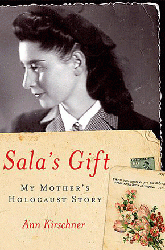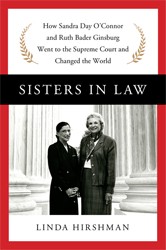For nearly fifty years — from just before the infamous 1881 gunfight in Tombstone, Arizona, that secured his place in the lore of the Wild West until his death in early 1929 — Wyatt Earp shared his life with his Jewish common-law wife, Josephine Sarah Marcus. And thereby hangs the tale that Ann Kirschner tells with affection, zest, and insight in Lady at the O.K. Corral.
Kirschner’s unabashed affection for, and fascination with, the woman who became Mrs.Wyatt Earp are infectious, and her scrupulous regard for historical accuracy in telling her tale is admirable. The latter is probably reflected most notably in the brevity of her treatment of the gunfight at the O.K. Corral itself, from which only one witness — Wyatt Earp himself — survived.
Kirschner suggests, but doesn’t insist, that the gunfight may have been triggered at least in part by the rivalry for the beautiful young Josephine’s affections between Earp and Johnny Behan, the sheriff with whom she was first involved upon coming to Tombstone. Whatever actually happened, Kirschner’s larger point — that women were crucial, and generally underestimated, influences on the men who are presumed to have shaped of the American West — stands.
The Earps were drawn not only to each other but to the adventure and opportunity offered up by the many boomtowns that sprang up in the wake of mining strikes throughout the West, including Tombstone; Rampart and Nome, in Alaska; and Tonopah and Goldfield, in Nevada, and Kirschner vividly portrays daily life in those settlements.
In their later years, the Earps found refuge in their own desert camp on the California – Arizona border and in that greatest of all American boomtowns, Hollywood, where they enjoyed celebrity status and consorted with luminaries of the growing film industry. The last portion of the book, which focuses on the Earps’ life in Hollywood and the attempts by Josephine and others to spin the story of Wyatt Earp both before and after his death, is in many ways the most valuable. To quote the reporter in The Man Who Shot Liberty Valance, “This is the West, sir. When the legend becomes fact, print the legend.” Kirschner’s analysis of how the Earp legend evolved — including her own contribution in this volume — is a fascinating case study of how our views of the past are often shaped by the exigencies of the present.





